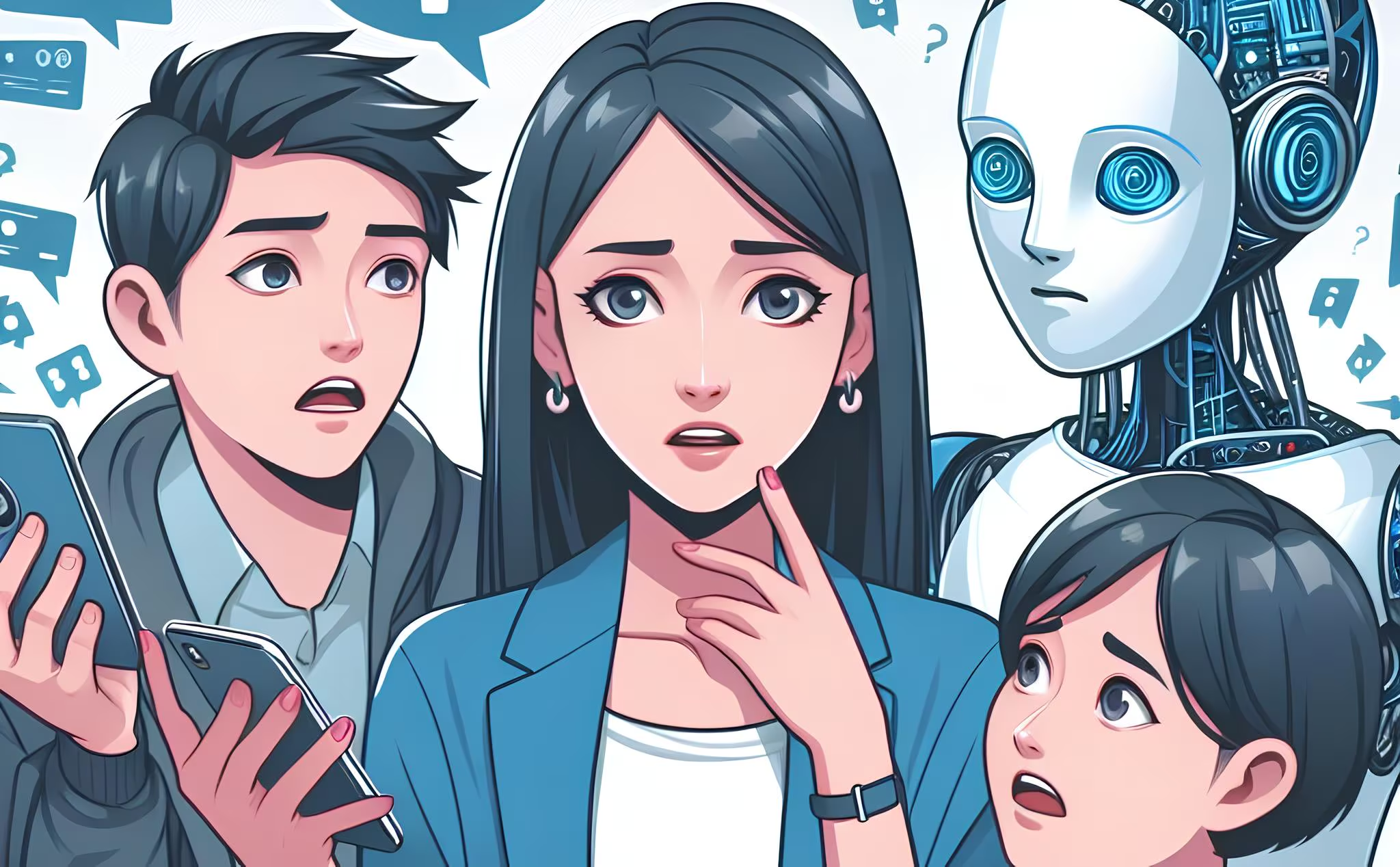Introduction
Conversational AI, spearheaded by models like ChatGPT, has revolutionized how we interact with technology. These AI systems have become integral in various domains, from customer service to creative writing. However, ensuring the accuracy, coherence, and appropriateness of generated text is paramount. Validation of ChatGPT through text editing tools offers indispensable benefits across numerous fronts.
1. Precision and Clarity
In the realm of conversational AI, precision matters. The ability to convey information accurately while maintaining clarity is non-negotiable. Text editing tools refine outputs from ChatGPT, ensuring they are devoid of extraneous characters or formatting that might obscure meaning. This precision is particularly crucial in applications such as customer support, where misinterpretations can lead to misunderstandings.
2. Simplifying Complex Data
One of the most compelling reasons to validate ChatGPT using text editing tools is their capacity to simplify complex data structures. By providing a user-friendly interface, these tools streamline the process of reviewing and refining outputs from ChatGPT. Their intuitive design empowers users to dissect and comprehend intricate textual data effortlessly, thereby enhancing the overall efficiency of validation procedures.
3. Word and Character Analysis
Text editing tools often include built-in word and character counters, offering invaluable insights during the validation process. These features enable validators to analyze text length, identify redundancies, and gauge the overall coherence of generated content. In scenarios where concise communication is paramount, such as social media interactions or marketing campaigns, these analytical capabilities prove indispensable in ensuring optimal message delivery.
4. Cleaning Mechanisms
The inclusion of text cleaning mechanisms within editing tools significantly enhances their utility across diverse use cases. These features not only remove unwanted characters but also help in standardizing formatting and structure. Whether it’s preparing transcripts for publication or sanitizing chat logs for analysis, the text cleaning functionality ensures that outputs from ChatGPT adhere to predetermined standards of clarity and professionalism.
5. Seamless Integration
Perhaps the most compelling aspect of text editing tools is their seamless integration into existing workflows. Their user-friendly interfaces require minimal training and facilitate smooth collaboration among team members. This accessibility makes them ideal for a myriad of applications, ranging from academic research to content creation. Their intuitive design empowers users of all proficiency levels to engage with textual data effectively, fostering a collaborative environment conducive to iterative improvements in conversational AI systems like ChatGPT.
Recommendation:
For those seeking a user-friendly and efficient text editing tool, Plain Text Editor offers a streamlined solution with its intuitive interface and robust features.
Conclusion:
The validation of ChatGPT using text editing tools represents a pivotal step towards enhancing the reliability and efficacy of conversational AI. By leveraging their robust features, including word and character analysis, cleaning mechanisms, and seamless integration, text editing tools ensure that outputs from ChatGPT meet the highest standards of precision and clarity. As the landscape of AI-driven communication continues to evolve, the integration of text editing tools will undoubtedly play a pivotal role in shaping the future of human-machine interaction.
